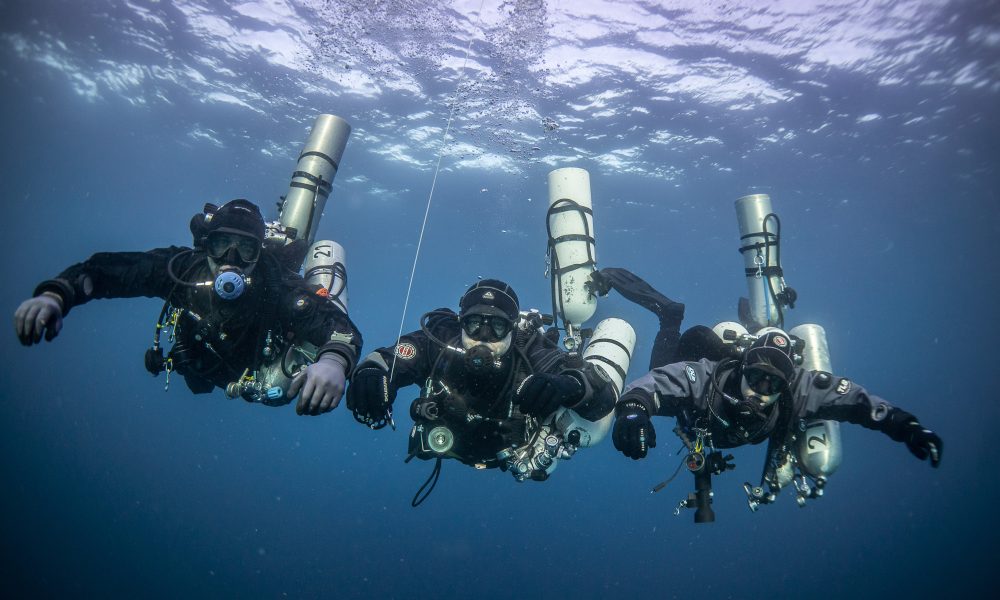It's somewhere in the range of 100 - 130 ft / 30 - 40 m. Pick a number. I would argue for the shallower end of that scale but whatever. If someone is quibbling over precise definitions then they've already lost the plot and obviously aren't interested in learning. It's like arguing over whether the blood alcohol limit for DUI should be 0.08% or 0.10%. Better not to press the limit in the first place.Have we even defined what is "deep air" yet?
Or is that a moving target depending on who you talk to?
It's more what you'd call "guidelines" than actual rules. Sticking to a single set of standard gases simplifies logistics and dive planning, and reduces the risk of mixing errors. But if you want to use air or some oddball nitrox mix for a short, shallow dive then whatever. No one cares.Someone once told me that people are idiots for breathing air at all, and only 32% is acceptable down to 100' and past that it has to be trimix.
Is that still a rule?

Standard Gases: The Simplicity of Everyone Singing the Same Song
Like the military and commercial diving communities before them, Global Underwater Explorers (GUE) uses standardized breathing mixtures for various depth ranges and for decompression. Here British wrecker and instructor evaluator Rich Walker gets lyrical and presents the reasoning behind...
 indepthmag.com
indepthmag.com




